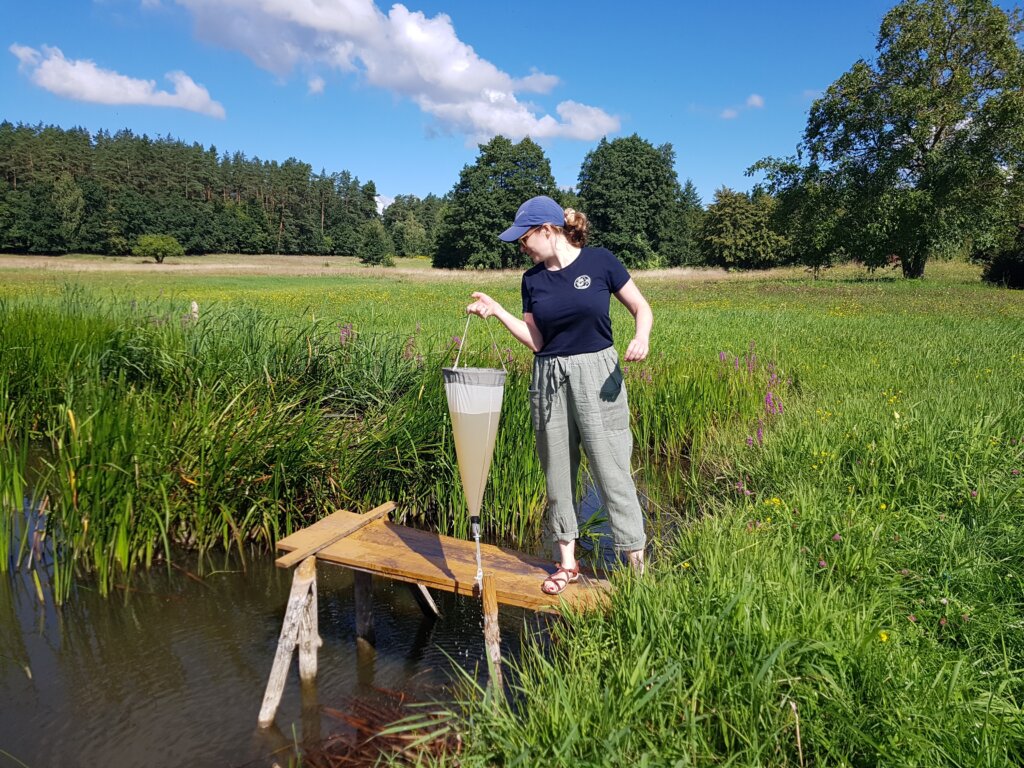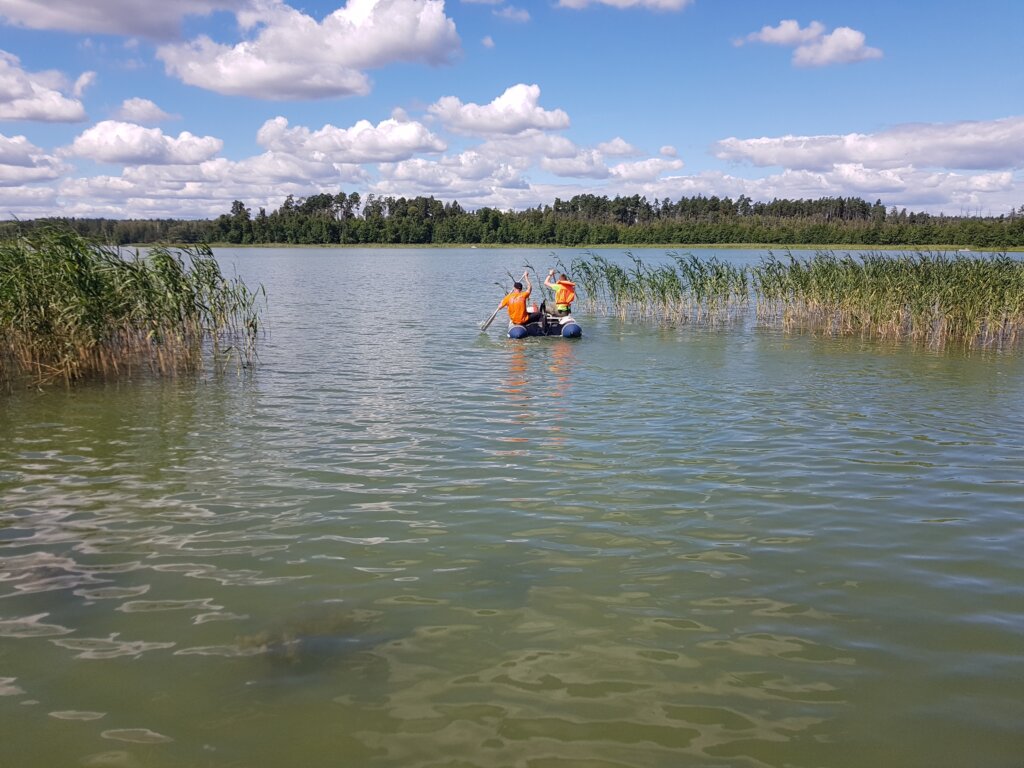Unravelling the establishment of endosymbiosis: quest for intermediate evolutionary stages among microbial eukaryotes (SYMBIOSTART)
Symbiosis – the “living of unlike organisms” – is one of the most fascinating interactions in nature. Symbioses include relationships between organisms that are beneficial to both partners as well as relationships between parasites and their hosts. In each case, symbiosis influences the underlying biology of the participants such as in the relationships between corals and algae. Corals are home to algae that photosynthesize (giving the coral energy) while the corals provide algae with shelter. Endosymbiosis constitutes a particular case of symbiosis where one partner lives inside the cells of the other.
The origin of eukaryotic cells was a major symbiotic event. It was a symbiotic integration of two different microorganisms and led to the origin of animals, plants, fungi and protists. Endosymbiosis is one of the main driving forces of eukaryotic evolution and resulted in the establishment of mitochondria and plastids. However, since mitochondria and plastids were established long ago, we do not know the intermediate stages and have no direct insight into the process of endosymbiosis. Only by analyzing more recent endosymbioses where we can identify intermediate stages can we shed new light on the establishment and role of endosymbiosis. Recent research suggests that such endosymbiotic interactions between microbial eukaryotes (protists) and prokaryotic organisms (bacteria and archaea) are widespread, giving us a golden opportunity to identify organisms in the intermediate stages of endosymbiosis to reveal universal patterns of this process.
Our main goal is to understand the establishment of endosymbiosis by identifying and characterizing novel protist-endosymbiont systems at intermediate stages of endosymbiosis. We will do that by screening various freshwater environments for such interactions, isolating and identifying partners using microscopic and genetic methods. The organisms in the intermediate stages of endosymbiosis will be studied at the level of genome evolution and at the level of gene expression regulation that accompanies the endosymbiotic interaction. We will also examine the ultrastructure of the studied cells which – together with genetic information – will reveal the nature of the studied systems. Experiments on established cultures of protists and their endosymbionts will enable a deeper understanding of the endosymbiosis process, including identifying the genes encoding proteins essential for its early stages.
The results of this project will bring us a more profound understanding of the fascinating evolutionary processes of endosymbiosis that ultimately led to the emergence of complex eukaryotic cells. Deciphering this process is critical to cell biology, particularly for understanding the origin and functioning of chloroplasts and mitochondria. Unravelling the diversity and complexity of endosymbioses in aquatic environments will also contribute to our understanding of the protists’ endosymbioses role in the functioning of these ecosystems.
Team
The project is led by dr hab. Anna Karnkowska with the help of her lab manager – MSc Alicja Fells – who joined in July 2024. Starting October 2024, two PhD candidates joined the project’s research team: MSc Metody Hollender and Zuzana Dzureková.
Sampling and analysis of microbial Eukaryote biodiversity
Summer 2024 was the very start of the sampling efforts for the SYMBIOSTART project – samples were taken from several lakes located in the Masurian Lakeland District, with the reservoirs differing in terms of trophy and anthropopressure levels. The collected samples will serve to obtain metabarcoding amplicons of lake-dwelling microorganisms utilizing the newest sequencing technology – Oxford Nanopore. The samples will further aid single-cell research what will allow studying the interactions between protists and their endosymbionts.


New equipment
As part of the project, a new automatized inverted fluorescent microscope was bought which may be used for advanced sample documentation – such as taking photos or videos – as well as viewing samples prepared using the FISH method.
Conferences and popular science publications
December 2024 marked the publication of a popular science article written in Polish by dr hab. Anna Karnkowska titled „Czy współpraca się opłaca? Historia komórki eukariotycznej.” („Does cooperation pay off? The history of the eukaryotic cell”). The article covered the topics of evolution and endosymbiosis and was published in the Polish Academy of Science Journal ACADEMIA. The paper may be found here (in Polish): PAS ACADEMIA
